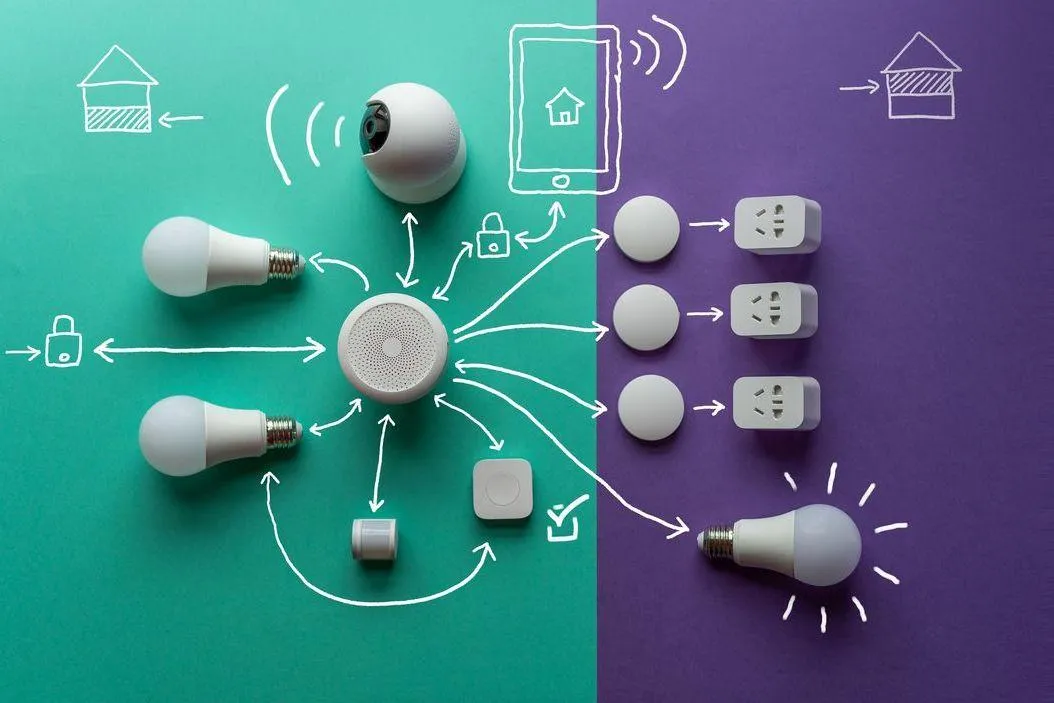
Home Features That Sound Nice But Aren't Always Worth the Investment
When designing or renovating a home, it’s easy to get lost in dreamy Pinterest boards and glossy real estate trends. However, not all high-end features are worth the investment. Some of these flashy features cost more in upkeep than they add in joy or resale value. True luxury is about living well, not just spending more. Here are several home features that sound appealing at first glance but may disappoint in practice, along with more practical alternatives.
The grand two-story foyer
A soaring two-story foyer may make an initial impression, but it can create more practical problems than ambiance. This space can feel cavernous, be challenging to clean and illuminate, and doesn’t provide livable square footage. The “wow factor” of a two-story foyer can fade quickly, and this space could be better used as a second-floor loft, reading nook, or guest suite.
Practical alternative: Opt for a taller ceiling (10–12 feet) with layered lighting, millwork, and statement art to create drama in a more functional space.
Built-in home theater rooms
The allure of having an in-home theater filled with plush seating, surround sound, blackout walls, and being strong is strong. But in reality, this type of space is often underused and inflexible. Technology is often portable and personal, so many individuals and families watch shows on tablets, phones, and in multi-functional living spaces. This makes expensive AV systems, single-purpose designs, and a closed-off layout feel like wasted square footage.
Practical alternative: Create a media-friendly lounge with high-end modular seating, a hidden projector, and acoustic panels that double as art. You’ll use it more—and keep your floorplan adaptable.
Complicated smart home system
A fully integrated smart home system can bring many conveniences and benefits to daily life. But when these setups are overly complex or require proprietary tech, they can become a maintenance nightmare. Despite their price tag, frequent software updates, compatibility issues, and the need for tech support can diminish the luxury experience.
Practical alternative: Use intuitive, high-quality standalone devices (like Lutron, Nest, or Sonos) that integrate with common platforms like Apple HomeKit or Google Home for a more user-friendly, smart setup.
Wine cellars in the wrong place
Having a wine cellar may seem like having a built-in escape for entertaining, unwinding, and enjoying spur-of-the-moment at-home date nights. However, a properly installed wine cellar needs to have the correct climate control and functionality to keep your wine in pristine condition. Many homes have wine cellars in visible but uninsulated areas like basements or under stairs, where temperature and humidity can fluctuate. Improper storage can damage expensive wines. Building a wine cellar purely for aesthetics can be a costly showpiece with little practical use.
Practical alternative: Install a climate-controlled wine wall in your dining room or a sleek under-counter wine fridge in your butler’s pantry. Both options are stylish and space-savvy.
Unused outdoor kitchens
An outdoor kitchen is a must-have entertaining feature. It may even include multiple appliances, a built-in pizza oven, and high-maintenance finishes. In that case, it can be more ornamental than functional, especially if you live in a climate with extreme weather. The high installation and maintenance costs rarely pay off if you entertain only occasionally or are more likely to have rushed dinners or shift dinners between practices, games, recitals, and late nights at the office.
Practical alternative: Invest in a well-equipped grill station with durable counters, a beverage fridge, and stylish storage. Rather than multiple appliances, add ambiance with lighting and seating.
Expansive walk-in closets without purposeful design
A large walk-in closet can feel like the ultimate indulgence. However, without thoughtful organization, it can become a space that invites piles to grow. Empty space doesn’t always equal efficiency. This is especially true if drawers, shelves, and lighting aren’t tailored to your wardrobe.Practical alternative: Work with a custom closet designer to build a smaller, more intentional dressing space with built-in lighting, hidden hampers, and display areas for accessories.

